20 October 2016
Ms TRISH DOYLE (Blue Mountains) (17:35): According to the World Health Organization:
Mental health is defined as a state of well-being in which every individual realizes his or her own potential, can cope with the normal stresses of life, can work productively and fruitfully, and is able to make a contribution to her or his community.
As a parent of two wonderful young men, this definition encapsulates the desires and aspirations of many parents such as me. We all want to see our children grow into healthy, strong and resilient people who make a contribution to their families and the community. However, at any point in time, one in three Australians will be experiencing a mental health disorder. This is the paradox of mental illness. Whilst mental illness is incredibly common and very few families or neighbourhoods are free of it, discrimination and stigma remain significant barriers for many people and have an impact on their quality of life, options and opportunities. During Mental Health Month we are reminded of the effects of mental illness in our community and the social stigma and disadvantage that so frequently accompany it. It provides a focus for community and individual action to address the stigma and to create opportunities for social inclusion and full participation by people of all abilities, including people with lived experience of mental illness.
During October every year we celebrate Mental Health Month. I acknowledge the role of WayAhead Mental Health Association NSW, which for the past 80 years has run community campaigns to raise awareness of mental health. The aim of Mental Health Month is to raise awareness of mental illness and mental health, to connect people with support services, to increase participation for people with lived experience, and to break down the stigma associated with mental illness. I acknowledge the Blue Mountains services that have led the way in my electorate: the Mountains Community Resource Network [MCRN]; Blue Mountains City Council; the hospital and community mental health teams; Katoomba, Springwood, Blackheath, Mid and Lower Mountains and Winmalee neighbourhood centres; and the Blue Mountains Women's Health and Resource Centre.
A vital part of the annual Blue Mountains mental health calendar is the Blue Fringe arts and literature awards. Blue Fringe originated from the Adrienne Brown trust. I commend the work of Jan and Geoff Brown who, through their grief, organised the Adrienne Brown trust for their daughter. They were joined by local mental health workers Patrick Moylan and Lois Denham. Later the Adrienne Brown trust was reshaped into the Blue Fringe festival. Local teacher and artist Sean Lonergan came up with the name. The original Blue Fringe committee included Evelyn Henry, Mary Waterford, Michael Farrell-Whelan, John Ellison and Maurice Brady. This Saturday I will be attending the Blue Fringe Arts Festival at Wentworth Falls TAFE. I congratulate the Blue Fringe committee for what I am sure will be another sensational exhibition. In particular, I extend my thanks to Megan Butler from the Personal Helpers and Mentors Service [PhaMS] Aftercare and Bren Sherring from the Vale Street Centre.
Sadly, far too many young people are struggling with depression, anxiety and other disorders which impact on their ability to engage fully with education and employment opportunities. In spite of the efforts of health professionals, the mental health system, teachers, counsellors, and non-government and community organisations, many young people feel isolated by their illness and unsure of how to access help. In the Blue Mountains we are fortunate to have an effective network of caring services across the spectrum, from prevention and early intervention to acute care. These are services that work together and reach out to people with lived experience and their friends and family. I pay my respect to the nurses, doctors, social workers and support staff working in our mental health units at Blue Mountains and Nepean hospitals—it is a tough job—as well as those working in the community mental health teams across the mountains.
I have heard from patients, carers and staff of the difficulties in providing comprehensive care while mental health services are understaffed and under‑resourced. We must invest more resources into these services to ensure that people can get access to what they need. Other countries seem to have learnt the value of investing in community-based services. In Australia we lag behind and must do more. I note also the work of our wonderful general practitioners and counsellors working in the community, ensuring that people can access help early, not just at the time of a crisis. Our schools play an important role in promoting mental health and acting as one of the main identifiers of early onset mental illness. School counsellors are spread too thin on the ground and operate under great stress to identify and support young people at risk. I note the work of our school principals, the parents and citizen associations, and our school counsellors. In particular, I note the work of head counsellor Rose Glassock and her team.
Mental health is more than just a health issue. It is impacted by a variety of social indicators, including socioeconomic status, housing and homelessness, domestic violence, educational attainment and access to employment. The mental health of our community is dependent on a wide range of health and social support services that work together to provide a comprehensive response and to prevent people from falling through the cracks. I urge the Government to value and strengthen the Blue Mountains service system, which is fantastic, and continue to build on this solid foundation.


